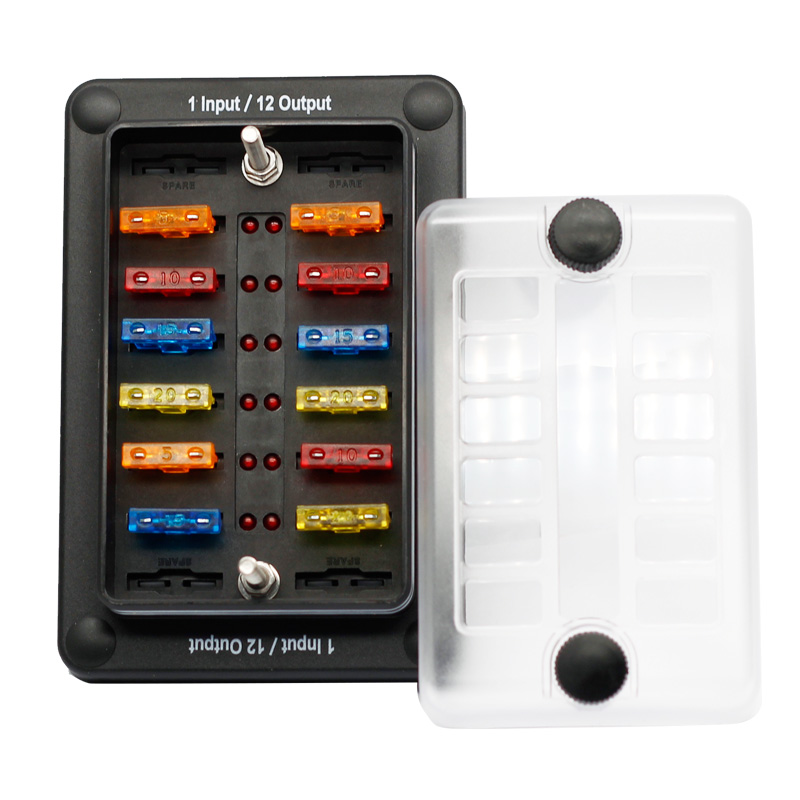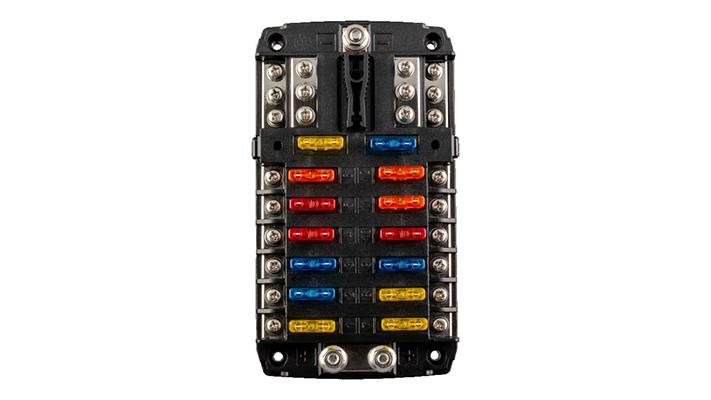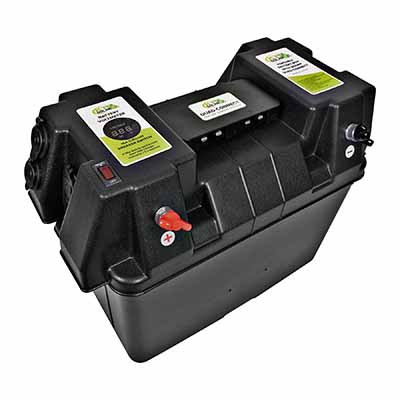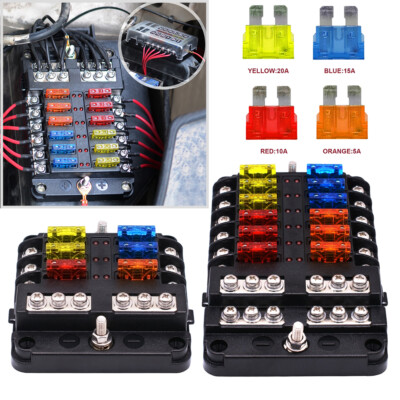How to Select a Car Fuse Holder for USB Chargers’ Low-Amperage Needs
News 2025-10-20
In automotive electronics, choosing the correct fuse holder for USB chargers is essential for safety and efficiency, particularly in low-amperage scenarios. USB chargers in vehicles typically handle currents below 5 amps to power gadgets like phones and tablets. A well-chosen fuse holder prevents electrical faults, enhances device longevity, and ensures compliance with safety standards. This article outlines key steps to select the ideal component for such applications.

Exploring Fuse Holder Varieties
Car fuse holders vary by design, including blade, glass tube, and inline types, each suited to different needs. For low-amperage USB chargers, blade-style holders are preferred for their compact form and simple integration into automotive systems. These holders support fuses that react swiftly to overcurrent, safeguarding sensitive electronics while fitting seamlessly into space-constrained car interiors.
Essential Selection Criteria
Key factors include matching the holder’s amperage rating to the charger’s output, typically 2-5 amps, to avoid risks like overheating. Material durability is critical; choose holders made from flame-retardant materials that withstand vibrations and temperature fluctuations in vehicles. Compatibility with the car’s fuse system and ease of access for maintenance also play vital roles in ensuring reliable performance and user convenience.
Frequently Asked Questions
1. What amperage rating is best for USB charger fuse holders?
A 5-amp rating usually suffices for most USB chargers, but verify the device’s specs to ensure proper protection without unnecessary limitations.
2. How do I ensure the fuse holder fits my vehicle?
Check your car’s fuse box type and select a holder that matches standard sizes, such as ATC or mini-blade, to guarantee secure installation and functionality.
3. What features indicate a high-quality fuse holder?
Look for UL certification, corrosion-resistant materials, and secure locking mechanisms to confirm durability and effective circuit protection in automotive use.


